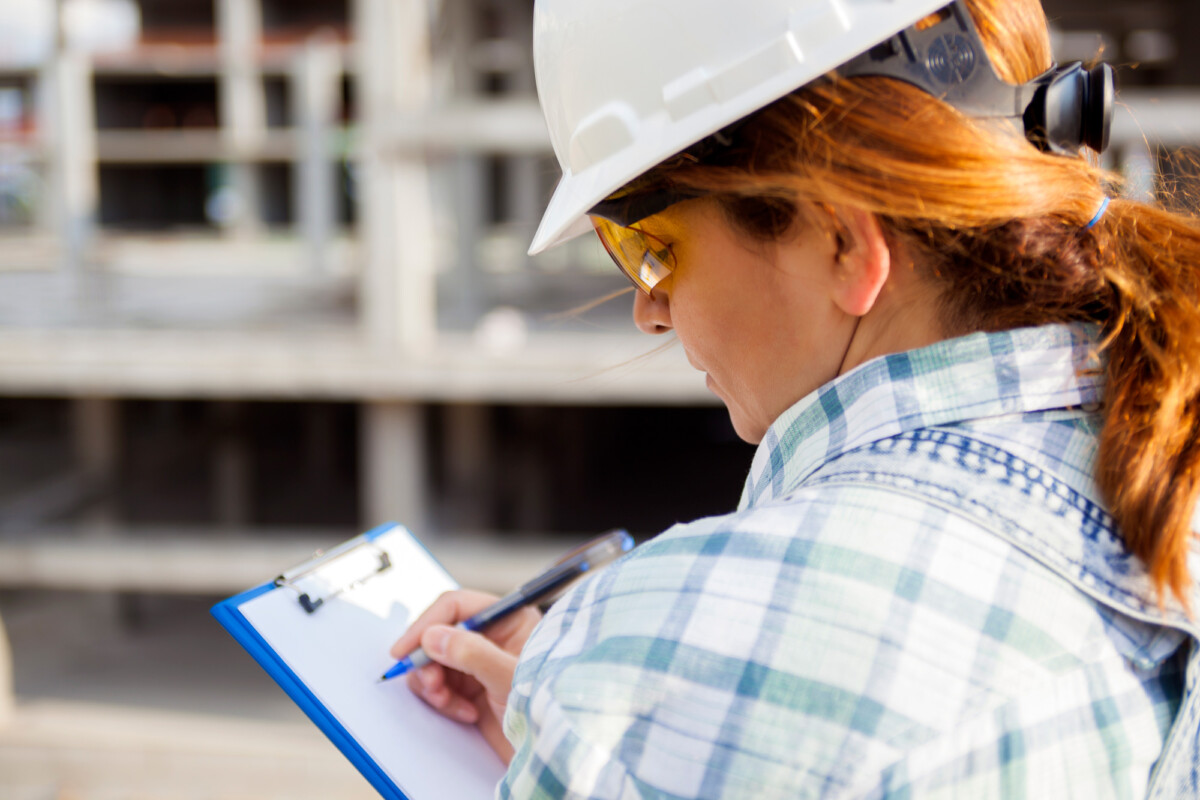Off-plan healthy homes assessment available
02 Mar 2022, Building and housing, News

Builders can now access a Healthy Home assessment based on plans – which could help avoid time consuming and costly corrective work
For properties yet to be built, a company such as Healthy Homes NZ can provide a full healthy homes assessment based on plans and can confirm specification around heating requirements.
If a property complies, a compliance certificate can be issued ahead of a project being finalised.
A statement on the Healthy Homes website said: “We have been assisting development companies nationwide and private home builders with their heating and ventilation calculations prior to heating and extraction systems being installed, to make sure they comply with the Tenancy Service healthy homes standards before the properties are built.”
Meet standards before completion
While Healthy Homes NZ suggests every new home should meet the standards, it is only a requirement if the homeowners intend to use a dwelling as an investment property. Either way, Healthy Homes NZ suggests correcting any issues before construction is finished as it is more cost-effective overall.
Should heating fail to meet these standards, landlords will not be allowed to use the property as a rental. Healthy Homes says that, while post-build corrections can be made, retrospectively meeting standards adds an additional stress and cost that could be avoided at the planning stage.
The healthy homes standard became law on 1 July 2019 and introduced specific and minimum standards for heating, insulation, ventilation, moisture ingress and drainage, as well as draught stopping in rental properties. A two-year window for landlords to bring properties to healthy home standards was established, and from 1 July 2021 all private landlords must ensure rental properties comply with healthy home standards within 90 days or any new, or renewed, tenancy.
Criticism of healthy homes
The Government has since acknowledged an issue relating to the heating assessment that’s resulted in some landlords installing heat pumps and heaters that are too large for well-insulated houses. In July 2021, Associate Minister for Housing (Public Housing) Poto Williams said the Government would review the heating assessment; however, no moves have yet been made to rectify the issue.
Property testing firm All Clear Group NZ co-founder Adam Gordon told Stuff that, when it comes to new houses there’s a disconnect between Building Code requirements and healthy homes standards: “It is often a simple fix (to become compliant). For example, a stronger heat pump may need to be installed or a moisture barrier will need to be put in.”
Moisture barriers on the ground under suspended floors and fixed heating in the living area are not required by the Building Code. As a result, their absence wouldn’t stop the build from being issued a Code Compliance Certificate by the council, however it couldn’t be used as a rental.
New Zealand Property Investors’ Federation executive officer Sharon Cullwick says the lack of consistency between Healthy Homes standards and the Building Code – creates unnecessary confusion. Basically, a new build is not subject to the Healthy Homes standards until tenants move in.
“They really need to change the Building Code,” she said when the heating issue made headlines last year. “Then every new build is up to the Healthy Homes standard. Otherwise, if you buy a new build today and you’re looking at putting tenants in it, you actually need to get the heating up to the requirement of the Healthy Homes.”
Changes ahead
No moves have been made in that direction. However, since then, MBIE has released the biggest changes to energy efficiency in more than a decade, which will markedly improve insulation and window performance in new builds from November 2022, regardless of whether they are rented or not.
Register to earn LBP Points Sign in



